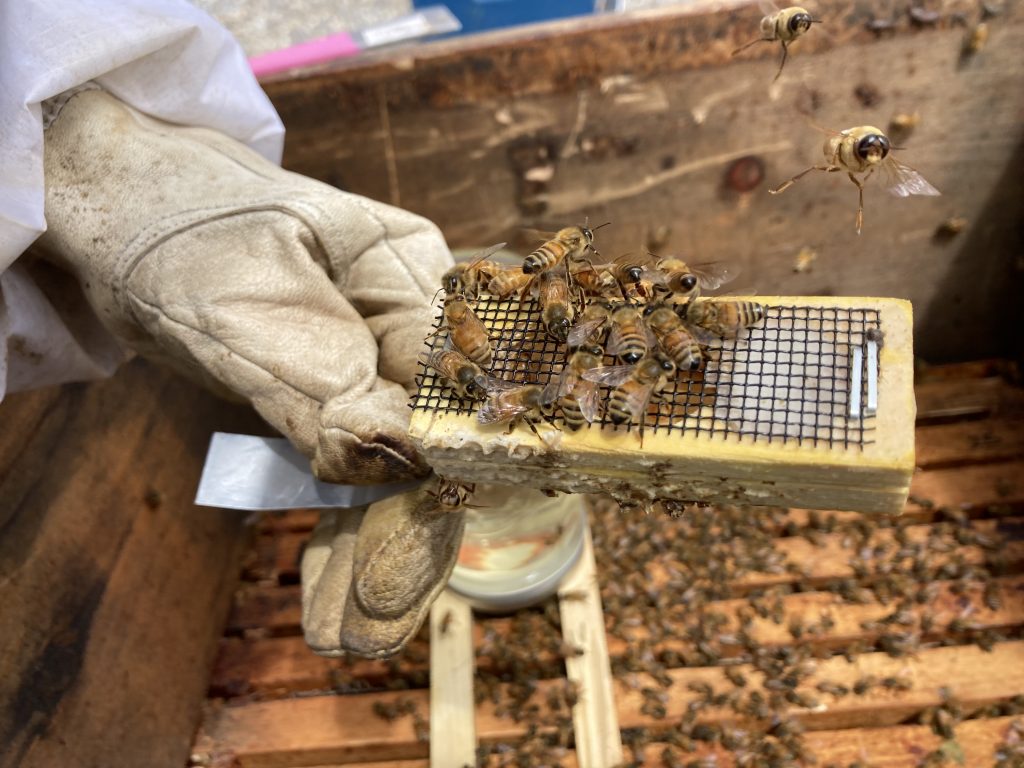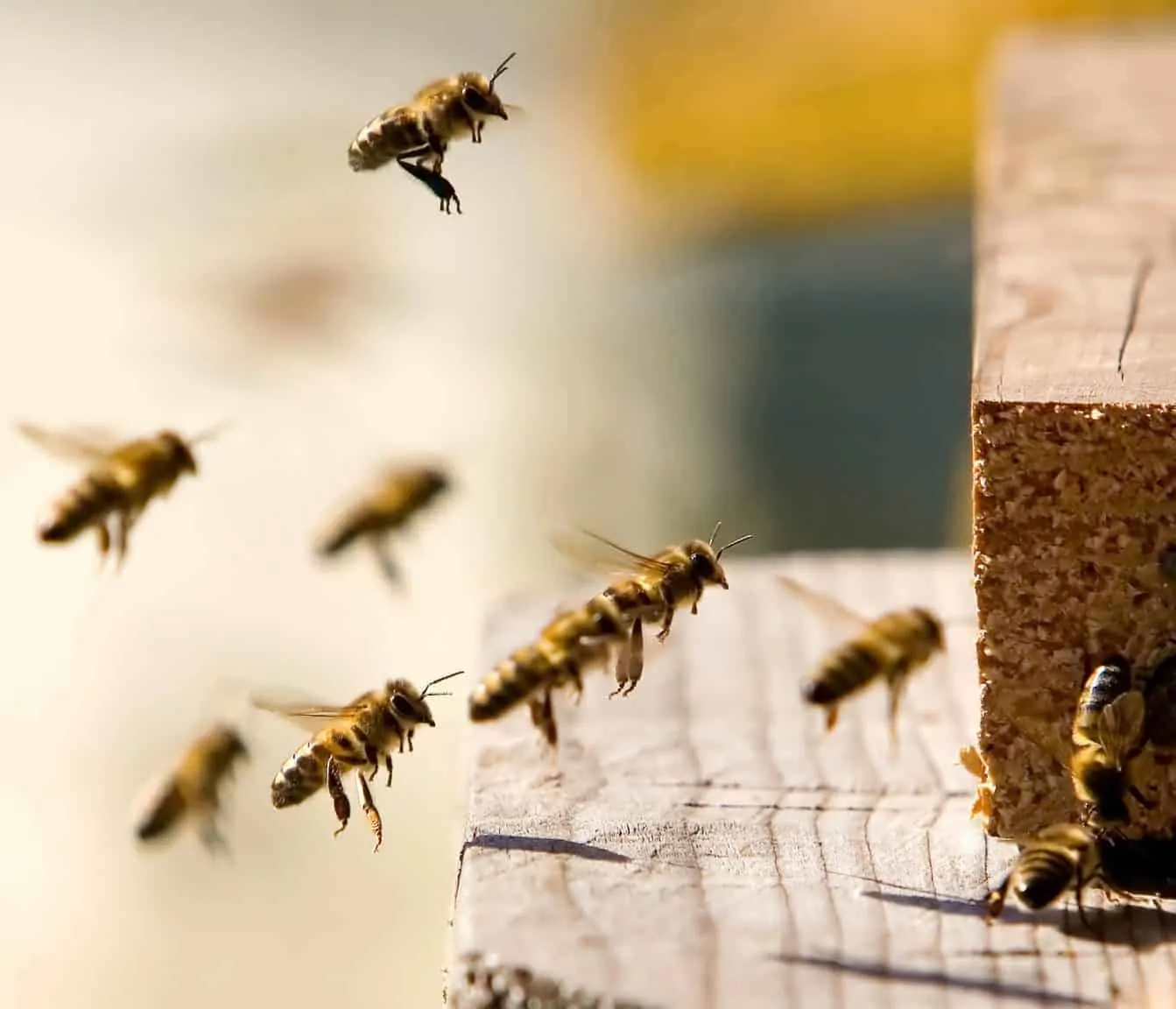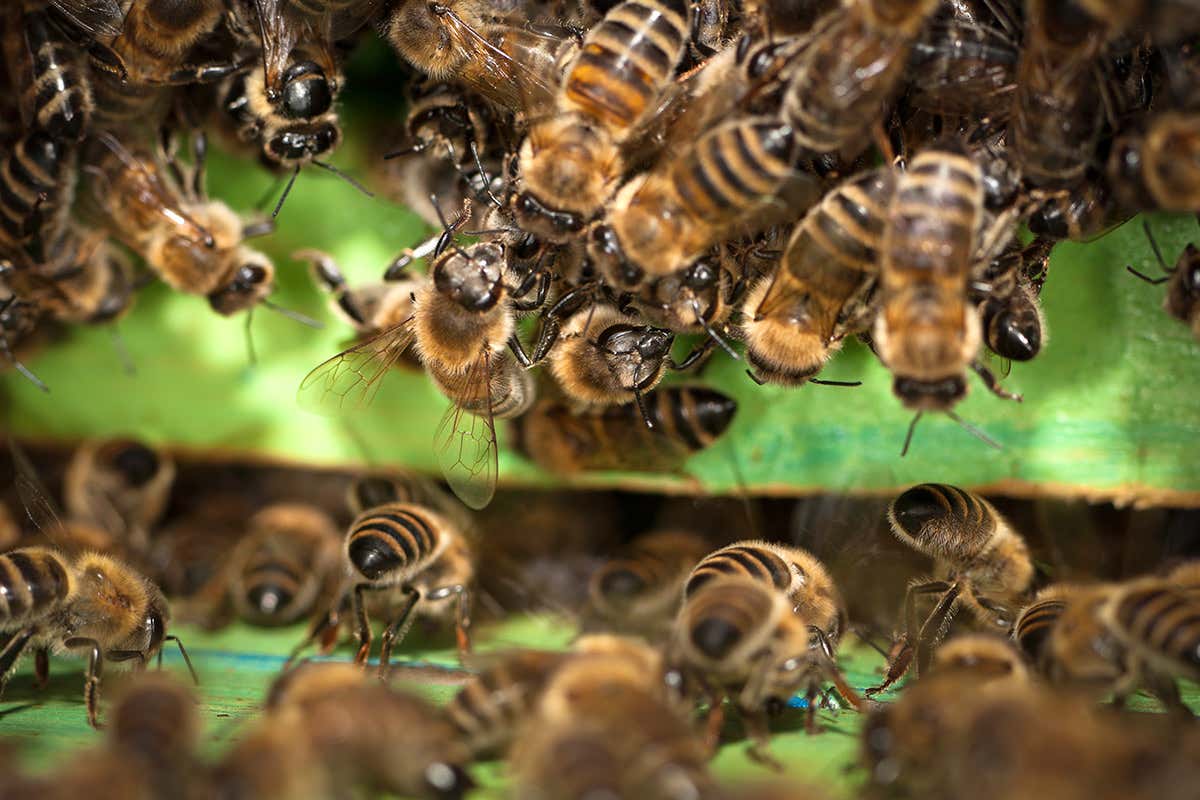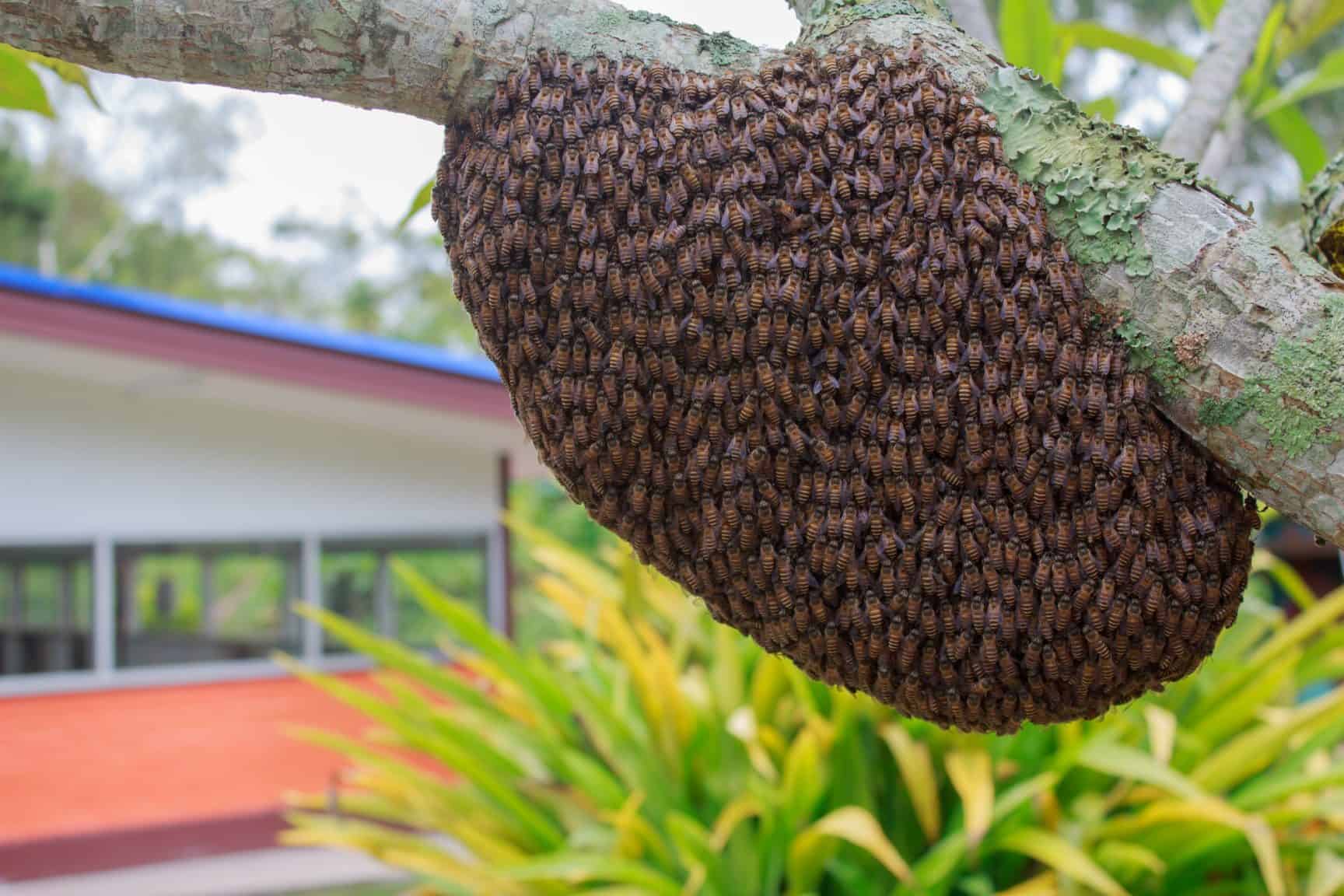Annabel Ortiz is a seasoned gardening professional with a distinct passion for bees. Her expertise in botany and beekeeping allows her to design gardens that are beneficial for bees. Annabel is committed to encouraging others to create environments that enhance bee health and contribute to biodiversity.
The survival of a bee that is taken far from its hive largely depends on a few factors. Typically, a worker bee may not survive if taken more than 5 miles away from its original hive. They use familiar landmarks to navigate and return home, and being in an unfamiliar area often means they get lost and can't find their way back. Learn more about bee behaviors to better understand their navigation skills.
Bees use a complex navigation system involving the sun, visual landmarks, and polarized light patterns in the sky, invisible to the human eye. They are skilled navigators within their known territory, but when taken out of that context, they tend to lose their way.
A lost worker bee's chances of survival are slim. Bees are highly social creatures and depend on the hive for food and protection. A bee separated from its hive is unlikely to be accepted into a different hive and will probably perish alone.
If only a few bees are lost, the hive will likely not be affected. However, if the queen bee is lost or taken away, it can be disastrous for the hive. Worker bees will attempt to create a new queen, but if this fails, the colony may collapse. Discover more about the social structure of bees and their hive dynamics.
Understanding how bees navigate and the risk of disorientation can be helpful for beekeepers. For instance, when relocating a hive, it is recommended to move it less than 3 feet or more than 3 miles from its original position to prevent bees from getting lost. Check out our beginner's guide to beekeeping for more insights on hive management.

Watch this engaging video to see the perspective of a bee navigating and returning to its hive.
Unveiling the Secrets of Bee Navigation 🐝🧭
The survival of a bee taken far from its hive depends on several factors. Typically, a worker bee is unlikely to survive if moved more than 5 miles away from its hive. Bees rely on familiar landmarks to navigate and find their way back home. Being in an unfamiliar area often leads to them getting lost and unable to return.
Bees use an advanced navigation system involving the sun, visual landmarks, and polarized light patterns in the sky, invisible to the human eye. They are skilled navigators within their known territory, but when taken out of this context, they often lose their way. Understanding what bees eat can also shed light on their survival strategies.
A lost worker bee's chances of survival are low. Bees are highly social creatures and depend on the hive for food and protection. A bee separated from its hive is unlikely to be accepted into a different hive and will likely perish alone. This highlights the importance of sustainable beekeeping practices.
If only a few bees are lost, the hive will likely not be affected. However, if the queen bee is lost or taken away, it can be disastrous for the hive. Worker bees will attempt to create a new queen, but if this fails, the colony may collapse. This is why understanding the legalities of beekeeping is essential to prevent such incidents.
Understanding how bees navigate and the risk of disorientation is crucial for beekeepers. For example, when relocating a hive, it's recommended to move it less than 3 feet or more than 3 miles from its original position to prevent bees from getting lost.

Watch this video to see a bee's perspective of navigating and returning to its hive:
What's the Fate of a Bee Lost from its Hive? 🐝💔
The survival of a bee taken far from its hive hinges on several factors. Typically, a worker bee may not survive if relocated more than 5 miles from its original hive. Bees depend on familiar landmarks to navigate and return home. In unfamiliar territory, they often get lost and can't find their way back.
Bees utilize a complex navigation system involving the sun, visual landmarks, and polarized light patterns in the sky, invisible to humans. They are adept navigators within their known territory. However, when removed from this context, they often lose their way. Learn more about how bees navigate.
If only a few bees are lost, the hive will likely remain unaffected. However, losing the queen bee can be disastrous. Worker bees will attempt to create a new queen, but if this fails, the colony may collapse. Learn more about the dynamics of a bee hive.

The Hive's Response to a Missing Bee: A Natural Drama 🐝🏰
The survival of a bee taken far from its hive depends on several factors. Typically, a worker bee won't survive if moved more than 5 miles from its original hive. Bees rely on familiar landmarks to navigate and return home. Being in unfamiliar territory often leads to them getting lost and unable to return.
If only a few bees are lost, the hive will likely not be affected. However, losing the queen bee can be disastrous for the hive. Worker bees will try to create a new queen, but if this fails, the colony may collapse.

Watch this video to see a bee's perspective of navigating and returning to its hive.
Why Understanding Bee Navigation is Key in Beekeeping 🐝🔑
The survival of a bee taken far from its hive largely depends on certain factors. Typically, a worker bee may not survive if relocated more than 5 miles away from its home hive. These bees rely on familiar landmarks to navigate and return home. Being in unfamiliar territory often results in them getting lost and unable to find their way back.
The survival prospects for a lost worker bee are slim. Bees, being highly social creatures, depend on the hive for food and protection. A bee separated from its hive is unlikely to be accepted into a different hive, and will likely perish alone.
For beekeepers, understanding how bees navigate and the risk of disorientation can be beneficial. For instance, when relocating a hive, it is advised to move it less than 3 feet or more than 3 miles from its original position to prevent bees from getting lost.
To further illustrate the navigation abilities of bees, let's take a look at this informative video:
As shown in the video, bees have a remarkable sense of direction and navigation. However, when they are displaced too far from their hive, their chances of returning diminish significantly.















